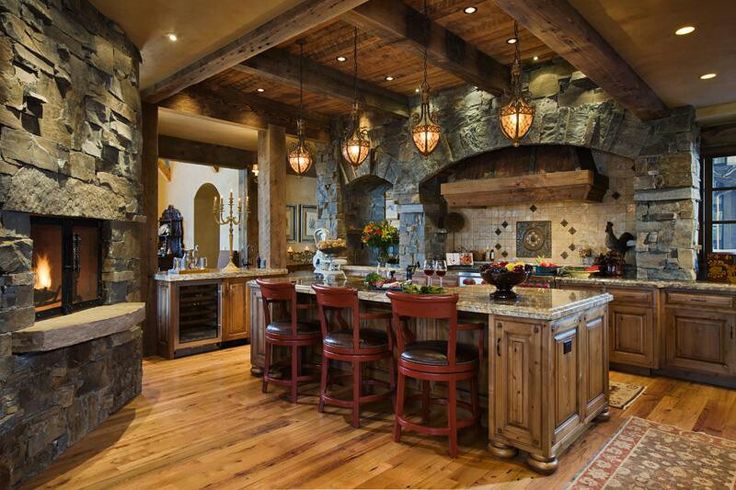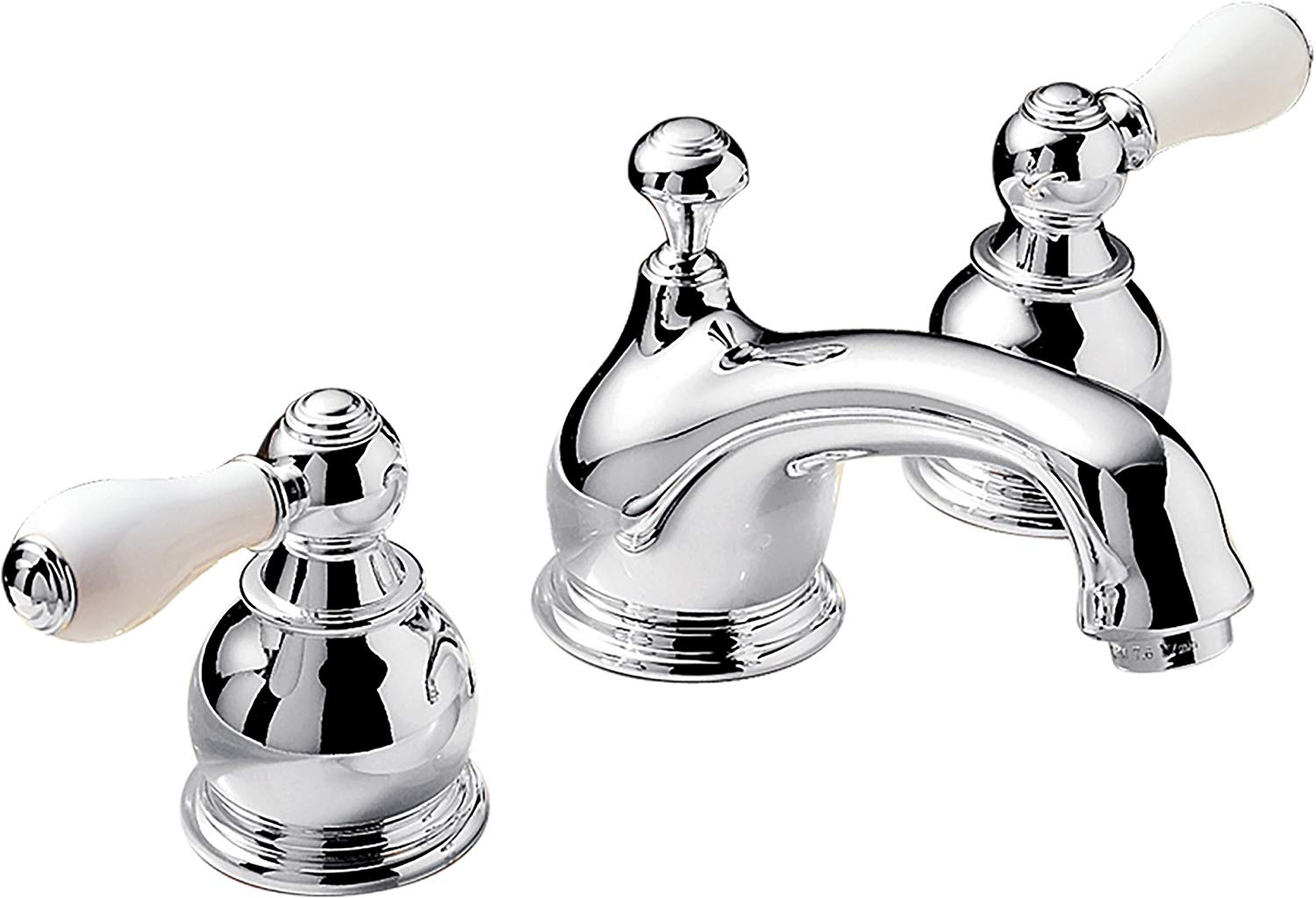For those looking for a more environmentally conscious and efficient way of living, there are plenty of simple eco-friendly house designs to choose from. From loft-style and container homes to recycled material structures, there is a variety of eco-friendly home designs that require little maintenance and are easily adaptable to buyer needs. And for homeowners who want to make a statement, there are even art deco house models ideal for unique personal expression. Eco-friendly house plans utilizing renewable sources of energy, sustainable materials, and minimal water consumption should be considered when determining the best eco-friendly home design for your lifestyle.10 Simple Eco-Friendly House Designs
The Passive House design is one of the most energy efficient home designs available. Buildings are designed to maximize energy efficiency through a combination of passive solar, insulation, and ventilation strategies. Windows are strategically placed to maximize solar gain, while the walls, floor, and roof are heavily insulated to hide thermal losses. The airtight building is then supplied with a balanced heat-recovery ventilation system to keep the air in the house fresh and clean. This design requires little in the way of mechanical heating and coolingand, as a result, very few resources.Passive House Design
The Earthship system is a self-sustaining design which integrates renewable energy, sustainable building materials, and water conservation into the home. The structureutilizesthermal mass construction, with walls up to two feet thick, to slow the rate of heating and cooling and store energy throughout the day. The walls are typically green-insulated, with air-tight construction providing an extra level of efficiency. The roof is designed to collect rainwater, while solar panels are used to capture energy for electricity, heating, and cooling.Earthship Design
The Timber Frame house design seeks to use renewable lumber as a primary material in the construction of walls, roofs, and, in some cases, flooring. The use of natural materials helps to reduce air pollutants in the indoor environment, while the construction improves energy efficiency by providing a solid structure with excellent insulation. Windows are typically large and strategically placed to maximize the amount of natural light entering the home. The roof is often insulated for further improved energy efficiency.Timber Frame House Design
The Strawbale house design is a creative use of renewable materials to create an incredibly efficient and sustainable living space. The walls of the home are made from straw bales, while the roof is usually made from wood and insulated with straw bales. The windows are large and the design is meant to take advantage of natural ventilation. These homes are incredibly efficient and require very little in terms of energy consumption, making them a great eco-friendly option.Strawbale House Design
The Earthbag house design is an extremely energy-efficient, low-impact form of construction. Sand-filled bags are layered and compressed, creating walls and an enclosure that is airtight and incredibly strong. The design requires very little in the way of energy usage, and the structure itself is extremely durable, requiring minimal maintenance. The walls are typically finished with plaster and the windows and doors are chosen to match the aesthetic of the home.Earthbag House Design
The Cob house design is an old-style of building that utilizes readily-available natural materials to create a structure that is energy-efficient and sustainable. Mud, straw, and other natural materials are combined to form walls that are airtight and flex between seasons without cracking. Cob houses are typically round, and windows and doors are chosen to blend organically into the walls. Heat-efficient insulation is often used to further improve the home’s energy efficiency.Cob House Design
The Recycled Material house design makes great use of salvaged materials and manufactured components to create an energy-efficient and sustainable living space. The walls are typically built with recycled lumber, while windows are chosen to maximize natural light. Other materials, such as insulation, are often recovered from industrial sources and treated to increase energy efficiency. This type of construction requires little energy and is an excellent eco-friendly option.Recycled Material Design
The Geodesic house design is a creative way to utilize renewable energy and sustainable materials. The dome-shaped structure is made from a lightweight frame and is covered in an insulated, waterproof membrane. This type of construction requires very little energy and the structure is incredibly strong and durable. The dome-shape encourages natural air circulation and the insulation helps retain heat, reducing the home’s overall energy consumption.Geodesic House Design
The Rammed Earth house design is ideal for homeowners who want a unique and energy-efficient home. The walls are constructed from earth and compressed with a hydraulic ram, creating a solid structure that is airtight and incredibly strong. This type of constructionhasbecomequite popular in recent years due to its eco-friendly and affordable nature. The walls are typically finished with a cement-based plaster.Rammed Earth House Design
The Container house design is one of the most energy-efficient forms of construction. The walls and roof of the home are constructed from recycled shipping containers, with insulation and airtight seals added to maximize the efficiency of the design. This type of construction requires very little energy and provides excellent durability and protection from outside elements. Windows are typically strategically placed for maximum natural light.Container House Design
Green Energy Systems
 The integration of green energy systems into simple eco-friendly house designs is an important aspect in the effort to reduce reliance on non-renewable resources. The installation of solar panels, wind turbines, and geothermal systems not only reduce energy consumption, it also provides clean energy for the home. Additionally, incorporating green technology into the design can significantly reduce maintenance costs, as well as provide an ideal setting for energy-efficient appliances.
Green energy
systems can also help to offset the cost of utilities, making simple eco-friendly house designs more cost-effective.
In addition to green energy systems,
eco-friendly
house designs often incorporate sustainable materials and efficient building techniques. Sustainable materials, like bamboo, cork, and recycled wood, have lower embodied energy costs, meaning that lower energy is consumed to source and process the materials. Building techniques that reduce energy use include energy-efficient insulation, radiant roof barriers, glazing, and ventilation. Together, these elements create a home that is not only good for the environment, but also cost-effective and comfortable.
The integration of green energy systems into simple eco-friendly house designs is an important aspect in the effort to reduce reliance on non-renewable resources. The installation of solar panels, wind turbines, and geothermal systems not only reduce energy consumption, it also provides clean energy for the home. Additionally, incorporating green technology into the design can significantly reduce maintenance costs, as well as provide an ideal setting for energy-efficient appliances.
Green energy
systems can also help to offset the cost of utilities, making simple eco-friendly house designs more cost-effective.
In addition to green energy systems,
eco-friendly
house designs often incorporate sustainable materials and efficient building techniques. Sustainable materials, like bamboo, cork, and recycled wood, have lower embodied energy costs, meaning that lower energy is consumed to source and process the materials. Building techniques that reduce energy use include energy-efficient insulation, radiant roof barriers, glazing, and ventilation. Together, these elements create a home that is not only good for the environment, but also cost-effective and comfortable.
Native Landscaping
 An essential element in creating a simple, eco-friendly home is incorporating native plants into the landscaping. The use of native species helps to conserve water and reduce the need for herbicides and pesticides. Additionally, native plants foster local biodiversity by providing homes for beneficial insects, birds, and mammals. These animals help to maintain healthy soil and offer natural pest control. Furthermore, native plants also require little watering or maintenance, making them an ideal choice for simple eco-friendly home designs.
The addition of rainwater collection systems and composting bins are also important elements for a
simple eco-friendly
home design. Collecting rainwater helps to reduce water consumption and to keep lawns and gardens healthy—especially during periods of drought. Composting reduces waste, and the compost can then be used to enhance soil, helping to keep plants nourished and healthy.
Together, these concepts create a simple, eco-friendly home design that is both beautiful and efficient. By incorporating green energy systems, sustainable materials, native plants, rainwater systems, and composting bins, homeowners can reduce their environmental impact and create healthier living spaces.
An essential element in creating a simple, eco-friendly home is incorporating native plants into the landscaping. The use of native species helps to conserve water and reduce the need for herbicides and pesticides. Additionally, native plants foster local biodiversity by providing homes for beneficial insects, birds, and mammals. These animals help to maintain healthy soil and offer natural pest control. Furthermore, native plants also require little watering or maintenance, making them an ideal choice for simple eco-friendly home designs.
The addition of rainwater collection systems and composting bins are also important elements for a
simple eco-friendly
home design. Collecting rainwater helps to reduce water consumption and to keep lawns and gardens healthy—especially during periods of drought. Composting reduces waste, and the compost can then be used to enhance soil, helping to keep plants nourished and healthy.
Together, these concepts create a simple, eco-friendly home design that is both beautiful and efficient. By incorporating green energy systems, sustainable materials, native plants, rainwater systems, and composting bins, homeowners can reduce their environmental impact and create healthier living spaces.





































































































/cloudfront-us-east-1.images.arcpublishing.com/dmn/ZDO7VMDFXRHK3CJEI5LVSVV6J4.JPG)


